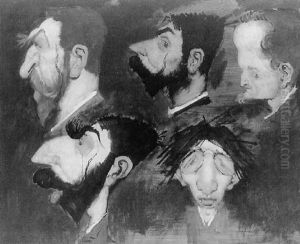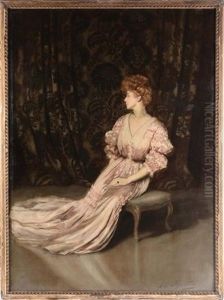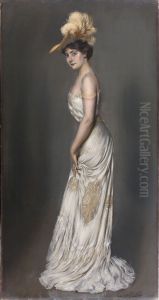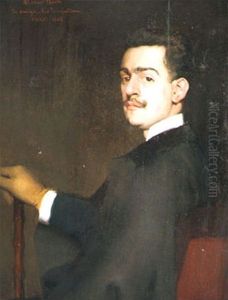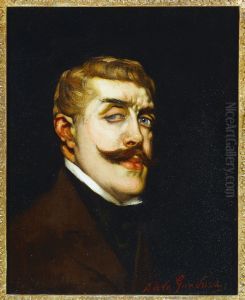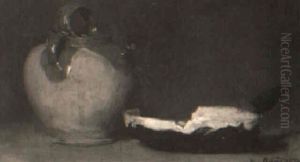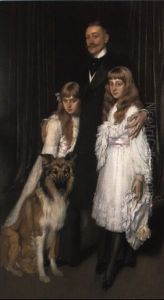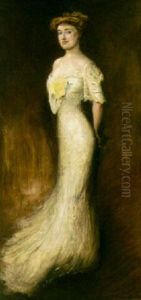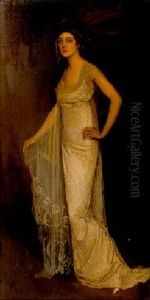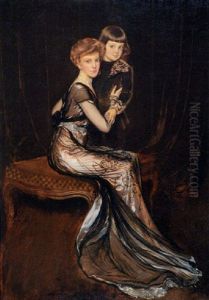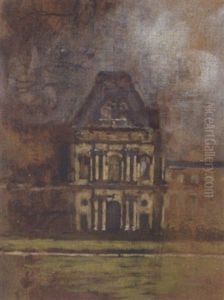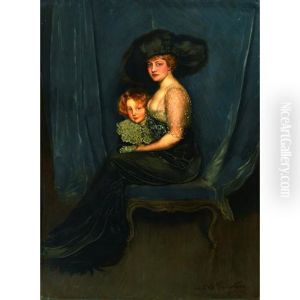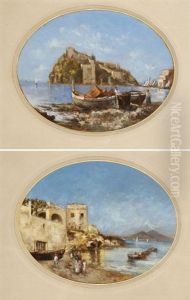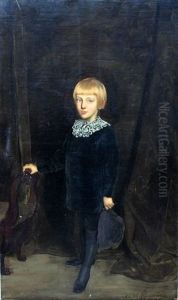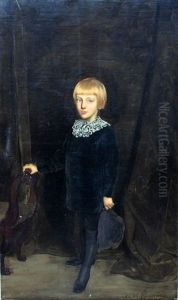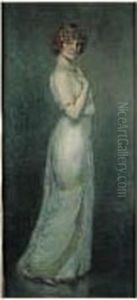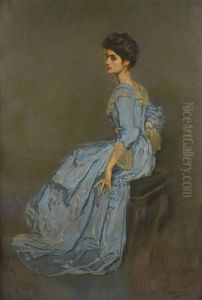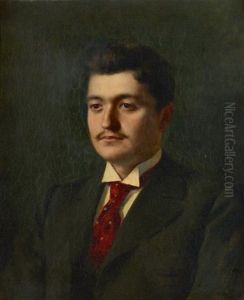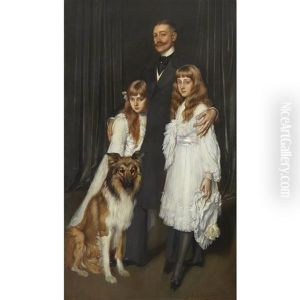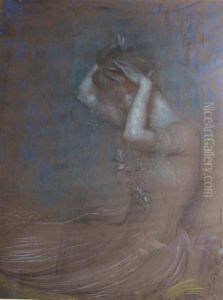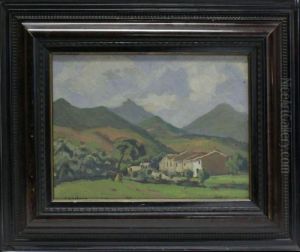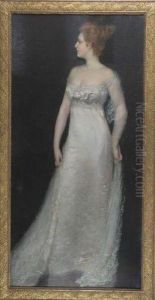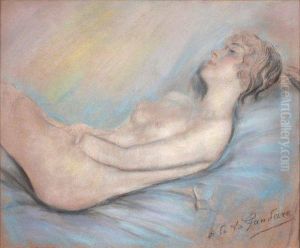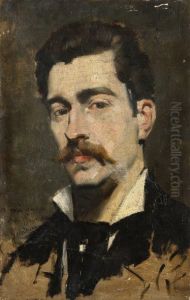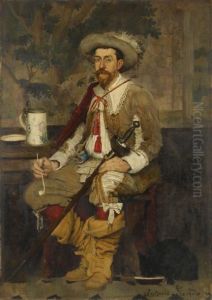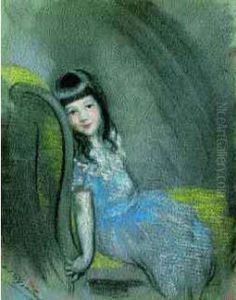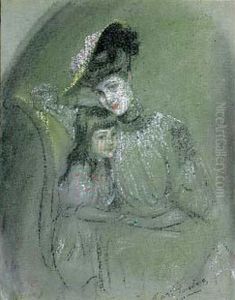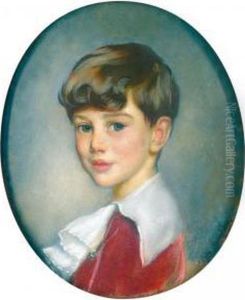Antonio De La Gandara Paintings
Antonio de La Gandara was a French painter, pastellist, and draughtsman of Spanish descent, noted for his portraits and scenes of elegant Parisian life during the Belle Époque. Born on December 16, 1861, in Paris, La Gandara was exposed to an artistic milieu from a young age, which shaped his future in the arts.
From his early years, La Gandara showed remarkable skill in drawing and painting. He studied under Jean-Léon Gérôme, one of the most popular academic painters of the time, and later worked in the studio of Charles Joshua Chaplin, a renowned genre and portrait painter. These influences were crucial in the development of his style, which combined academic technique with a more modern sensibility towards composition and color.
La Gandara quickly gained recognition for his work, especially for his elegant portraits of the Parisian elite. He became a favorite among the aristocracy and the intellectual circles, painting portraits of many famous figures of his time. His sitters included the Countess of Castiglione, Sarah Bernhardt, and Jean Lorrain, among others.
Aside from portraiture, La Gandara was also known for his genre scenes, landscapes, and illustrations. He exhibited at the Paris Salon and other prominent exhibitions, earning medals and commendations for his art. His work reflects the transition from the academic traditions of the 19th century to the more fluid and expressive styles that would characterize the early 20th century.
Despite his success, La Gandara remained a somewhat enigmatic figure, preferring to stay out of the limelight. His art, however, continued to be sought after by collectors and connoisseurs. Antonio de La Gandara's legacy lives on through his contributions to the art world with his refined and elegant depictions of Belle Époque society.
Sadly, La Gandara's life was cut short when he passed away on June 30, 1917, in his home city of Paris. His works continue to be exhibited and appreciated in art galleries and museums around the world, offering a glimpse into the opulent world of fin-de-siècle Paris.
